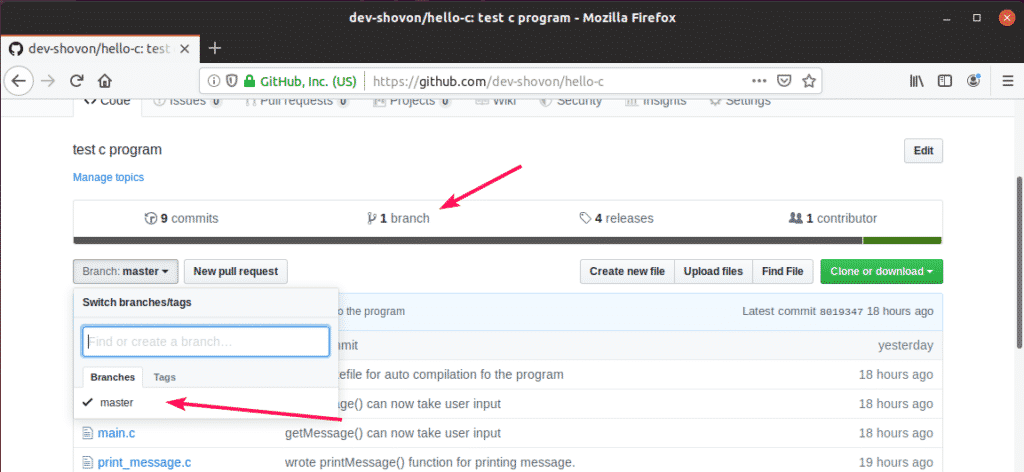

It may sound redundant, but this workflow makes it much easier to keep a project organized. This means that git add needs to be called every time you alter a file, whereas svn add only needs to be called once for each file.

Instead, git add works on the more abstract level of changes. The git add command should not be confused with svn add, which adds a file to the repository. This enables other team members to access a set of saved changes.

git push is utilized to send the committed changes to remote repositories for collaboration. In addition to git add and git commit, a third command git push is essential for a complete collaborative Git workflow. The git reset command is used to undo a commit or staged snapshot. After you’re happy with the staged snapshot, you commit it to the project history with git commit. When you’re ready to save a copy of the current state of the project, you stage changes with git add. First, you edit your files in the working directory. They are the means to record versions of a project into the repository’s history.ĭeveloping a project revolves around the basic edit/stage/commit pattern. These are the two commands that every Git user needs to understand, regardless of their team’s collaboration model. The git add and git commit commands compose the fundamental Git workflow. In conjunction with these commands, you'll also need git status to view the state of the working directory and the staging area. However, git add doesn't really affect the repository in any significant way-changes are not actually recorded until you run git commit. It tells Git that you want to include updates to a particular file in the next commit. The git add command adds a change in the working directory to the staging area.

Git ignore configure is discussed in further detail on the git ignore page. Git has multiple methods of configuration that manage the ignore list. This will prevent Git from saving changes to any ignored content. To learn more visit the git stash page.Ī Git repository can be configured to ignore specific files or directories. The stash operates on the working directory, the first of the three trees and has extensive usage options. The stash is an ephemeral storage area for changes that are not ready to be committed. Git has an additional saving mechanism called 'the stash'. Distributed applications are generally more robust as they do not have a single point of failure like a centralized server. Git is a distributed application model whereas SVN is a centralized model. The difference between the two methods is a fundamental difference between architecture designs. Git commits can be captured and built up locally, then pushed to a remote server as needed using the git push -u origin main command. This means an SVN commit needs Internet access in order to fully 'save' project changes. SVN Commits or 'check-ins' are operations that make a remote push to a centralized server. Saving changes in Git vs SVN is also a different process. Alternatively, Git committing is an operation that acts upon a collection of files and directories. Traditional saving should be thought of as a file system operation that is used to overwrite an existing file or write a new file. A commit is the Git equivalent of a "save".
Git add remote to local software#
The traditional software expression of "saving" is synonymous with the Git term "committing". When working in Git, or other version control systems, the concept of "saving" is a more nuanced process than saving in a word processor or other traditional file editing applications.


 0 kommentar(er)
0 kommentar(er)
